This post is about the unlikely camera that accidentally got me into film photography – my dad’s old Zenit E.
My father bought his Zenit E in the early 70s and mostly used it on his trips to the Soviet Union, Germany and other European countries. He normally shot color positive film like Fujifilm’s Velvia 50 and later shared the impressions he captured with a projector. Later he used the camera to document some of his scientific work. The fully manual Zenit E stopped being the main camera of our family at some point in the late 80s. Since then, the camera had stayed in the basement and was almost forgotten until spring 2015 when I asked my dad to show me his first camera.
It took a while for us to find it but when we finally did we were astonished by its condition. The camera had certainly seen its fair share of beatings over the 40+ years of its existence but still seemed to work quite well. However, we soon discovered that only the faster shutter speeds (60th, 125th, 250th and 500th of a second) were still working properly. When using the slower speeds the shutter curtain got stuck most of the time. The light meter (a selenium meter) still works like a charm though, probably because the camera was stored in the dark.
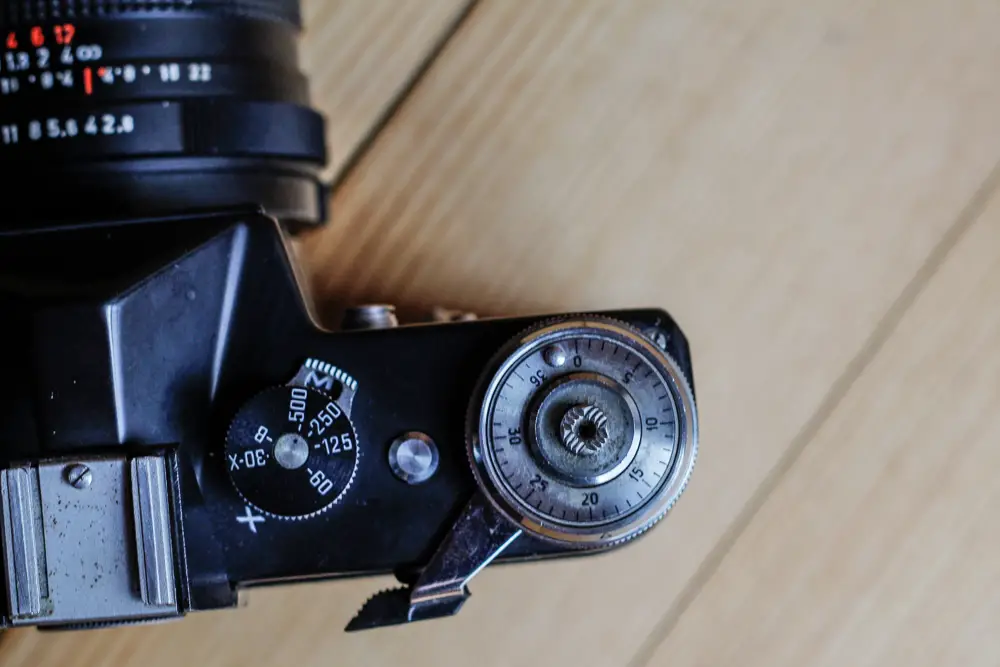
Now let me tell you a few things about this camera in general, and some of its most noteworthy parts. The Zenit E is an SLR that was fabricated in the Soviet Union from 1965 to 1982. KMZ, the soviet manufacturer, produced a huge amount of these over the course of those seventeen years and also exported a lot of them to Europe.
The most interesting thing about the camera is its sturdy body. Apparently it’s a one-piece, die-cast aluminium body which makes it pretty heavy coming in at just under one kilo (2.2 pounds).
The Zenit E’s viewfinder is a bit of a joke and not just by today’s standards. The image is dark and soft which makes it hard to focus accurately. The colors also appear shifted a little bit. There’s not much else to say about this viewfinder. It’s just garbage but it get’s the job done (at least kind of).
The lightmeter is a match-needle selenium meter. At first you need to select the speed of your film and the aperture with the dial at the very top-left of the camera. Next to the dial sits a little window with a needle that moves according to the amount of light hitting the selenium cell above the lens. You know the exposure is correct when the needle points at a ring indicating the necessary amount of light.
The frame counter of the Zenit E is very rudimentary. Everytime you cock the shutter using the film advance lever the ring surrounding the shutter button turns clockwise and stops shortly before completing a full rotation. Now the little arrow on the outer ring (connected to the lever) points at the next number.
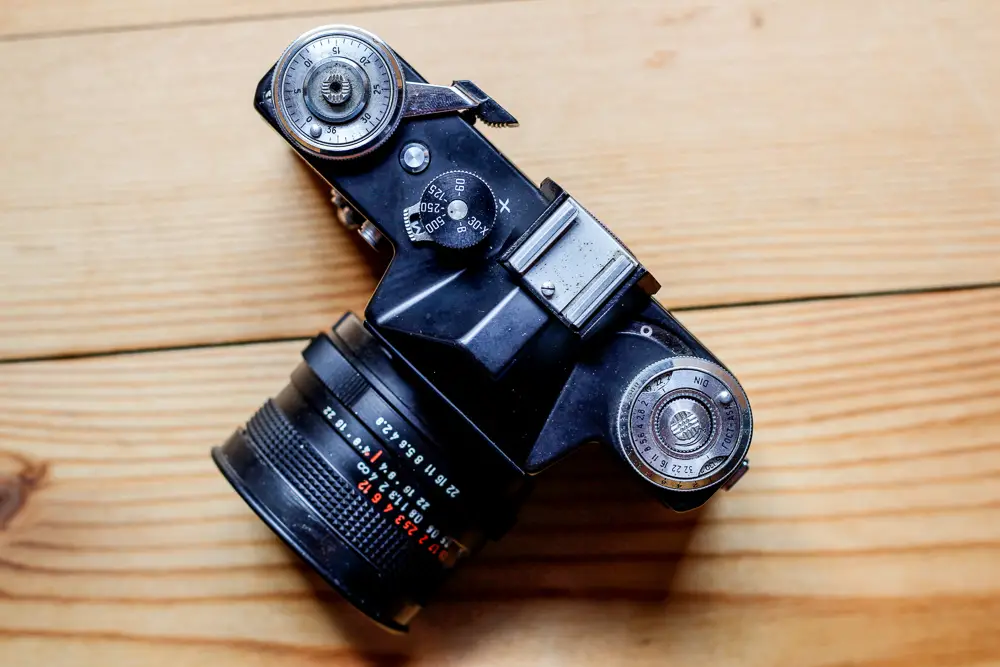
The Zenit E is clearly an outdated camera, and I am not talking about the fact it shoots film. This SLR was a budget film camera even when it first came out in 1965 and that meant they had to make certain compromises. The Zenit E’s sturdy metal hull can be a bit deceiving because under the hood this camera is actually quite fragile. Especially the shutter mechanism seems to be the camera’s weak spot. But, despite all of this there’s no denying that my dad’s 40-year-old E still kind of works after accompanying him on several adventurous trips to challenging places like the Siberian Tundra or the Kazakh desert. Its flaws, such as the unreliable shutter and the annoying light meter, keep me from using it more often, but every time I take a couple of shots with the Zenit E I quickly forget about those issues and just enjoy shooting with a piece of family history.
Lastly, a few of the first pictures I took with the Zenit E:
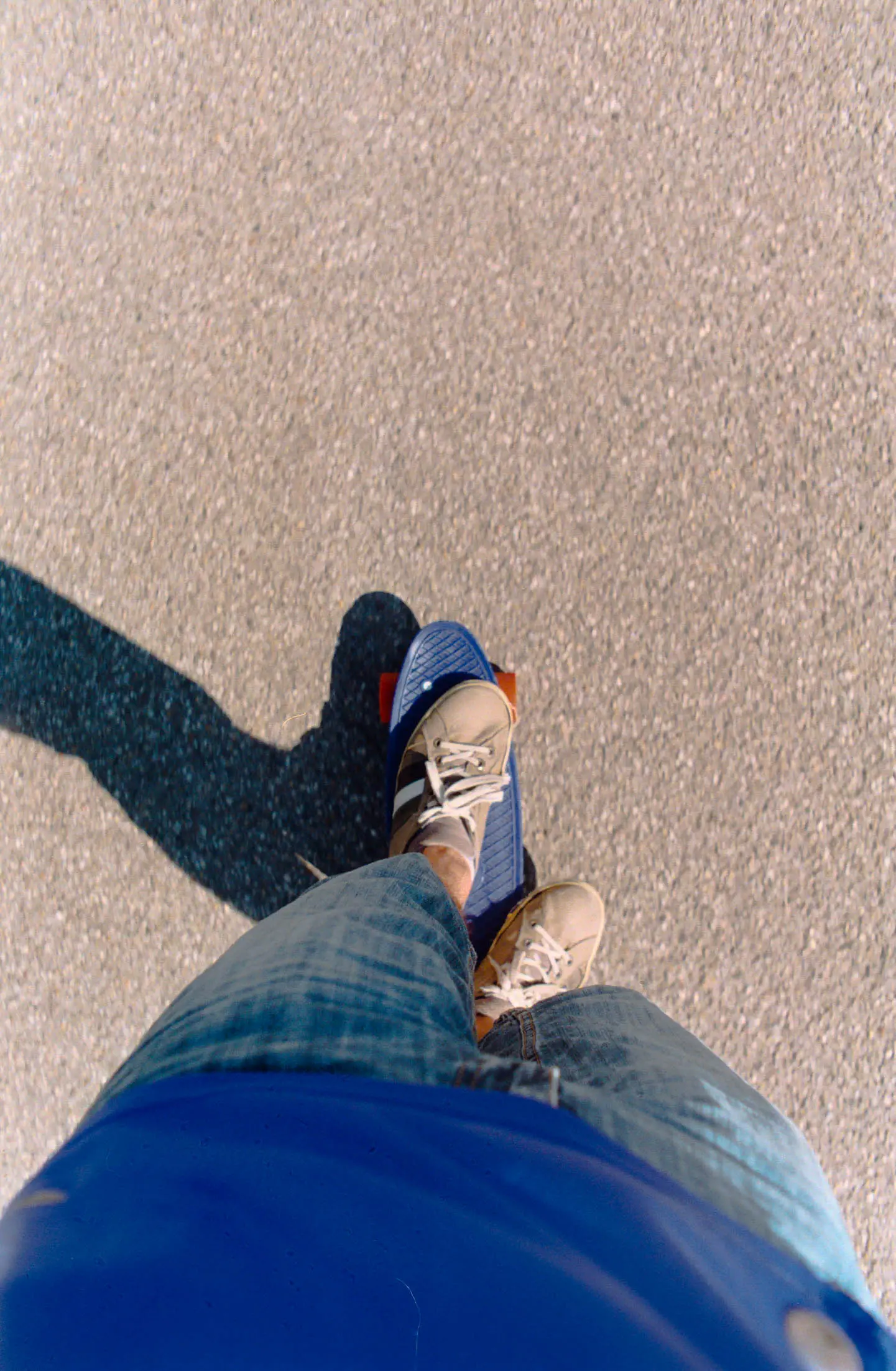
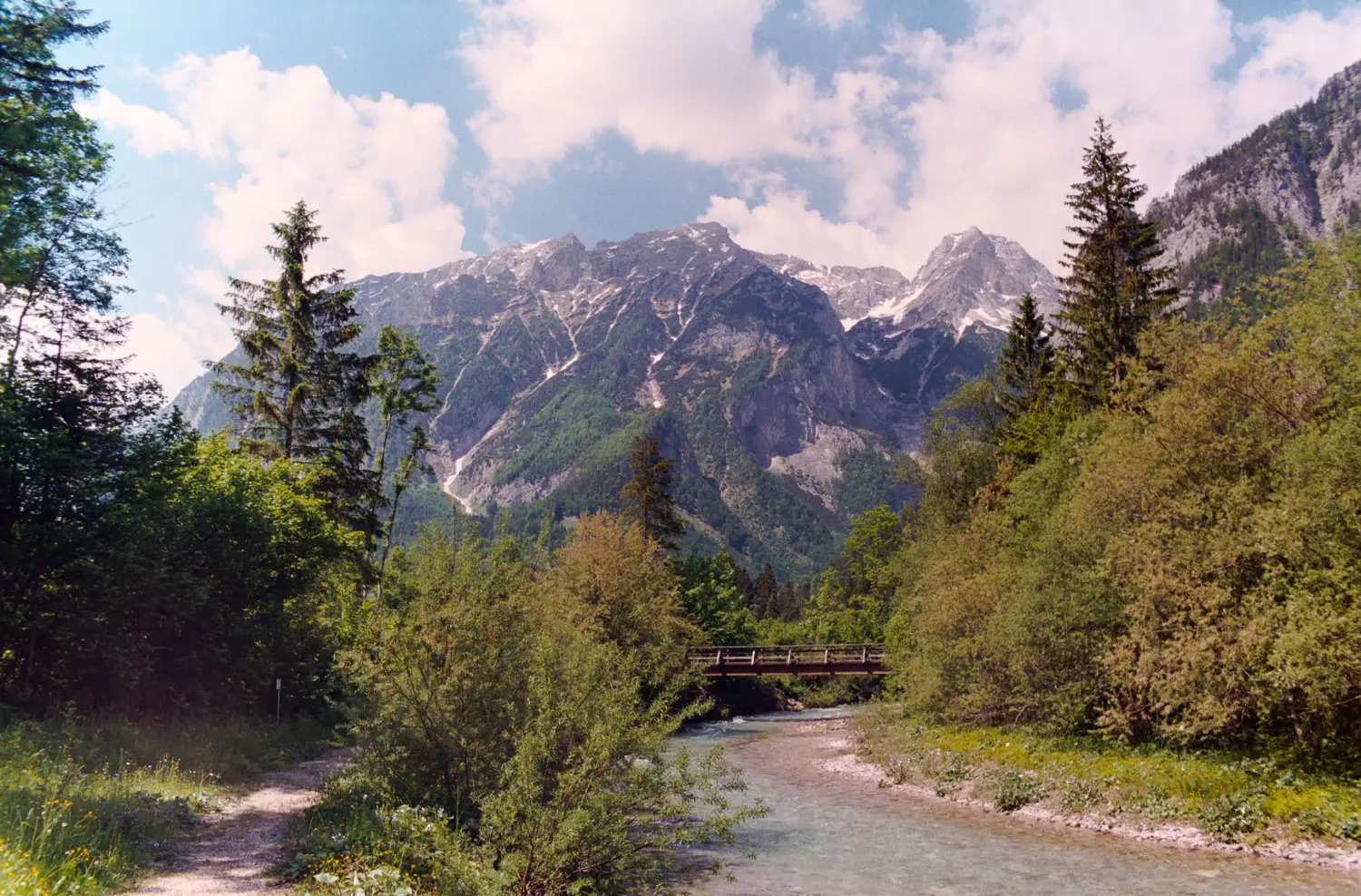

Share this post:
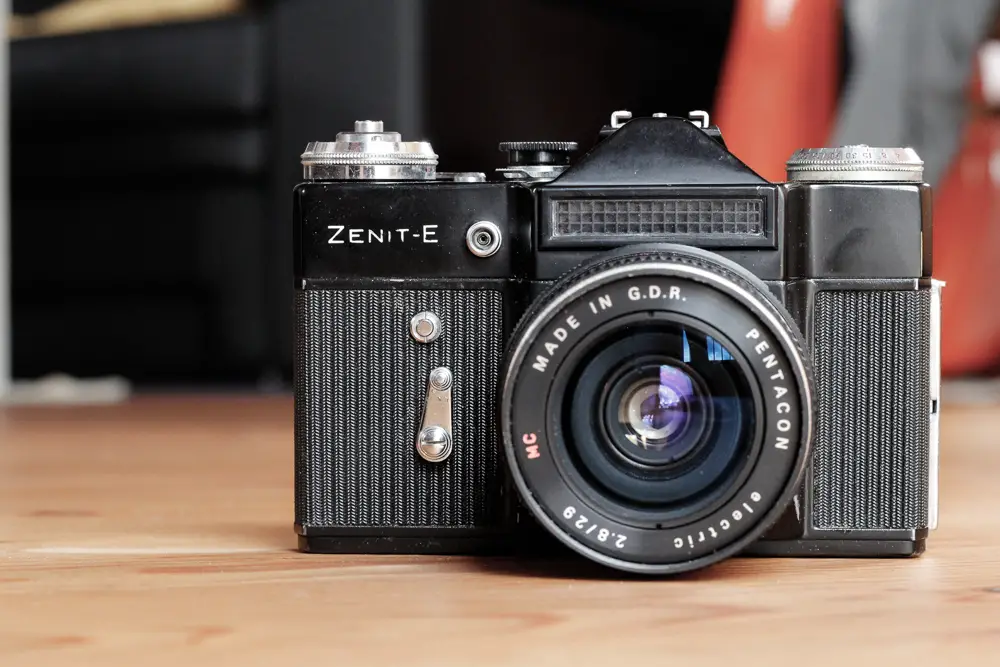








Comments
Norman Santos on Zenit E Review – My Father’s old camera – Johann Wahlmüller
Comment posted: 04/08/2018
Dan Castelli on Zenit E Review – My Father’s old camera – Johann Wahlmüller
Comment posted: 04/08/2018
One of my photo students in the 1980's bought a Zenit from 42nd Street Photo. I don't remember details, but she cursed the camera every time she used it, but it did produce good results. I do remember that she cut her finger on a burr that someone failed to polish down. A few strokes with a jeweler's file fixed that problem.
Comment posted: 04/08/2018
jeremy north on Zenit E Review – My Father’s old camera – Johann Wahlmüller
Comment posted: 05/08/2018
Comment posted: 05/08/2018
KMZ Zenit-E (1965) - mike eckman dot com on Zenit E Review – My Father’s old camera – Johann Wahlmüller
Comment posted: 30/10/2018
Red on Zenit E Review – My Father’s old camera – Johann Wahlmüller
Comment posted: 12/02/2020
But here's a question especially if you've kept yours in the original leather case....the smell when you open it! Is this a Zenit thing? None of my other few budget range cameras produce any aroma, just the Zenit, a sort of metal, almost oily concoction, not overpowering or unpleasant, just....Zenit????
Comment posted: 12/02/2020
Zenit-E review - Kosmo Foto on Zenit E Review – My Father’s old camera – Johann Wahlmüller
Comment posted: 25/05/2020
Camera Review Blog No. 60 – Zenit E – Alex Luyckx | Blog on Zenit E Review – My Father’s old camera – Johann Wahlmüller
Comment posted: 13/01/2022